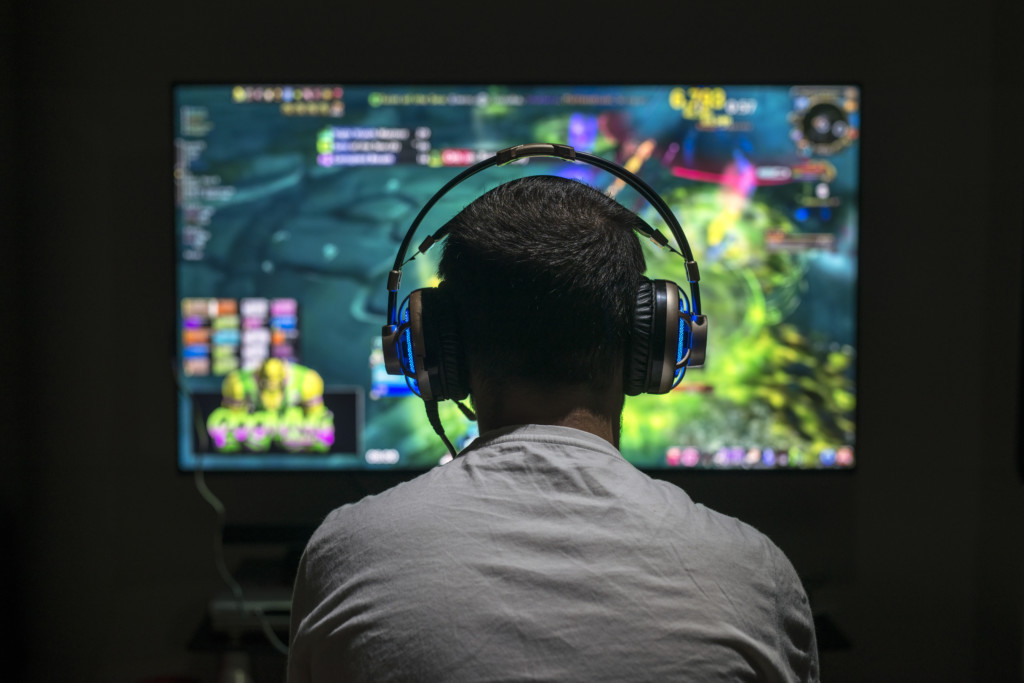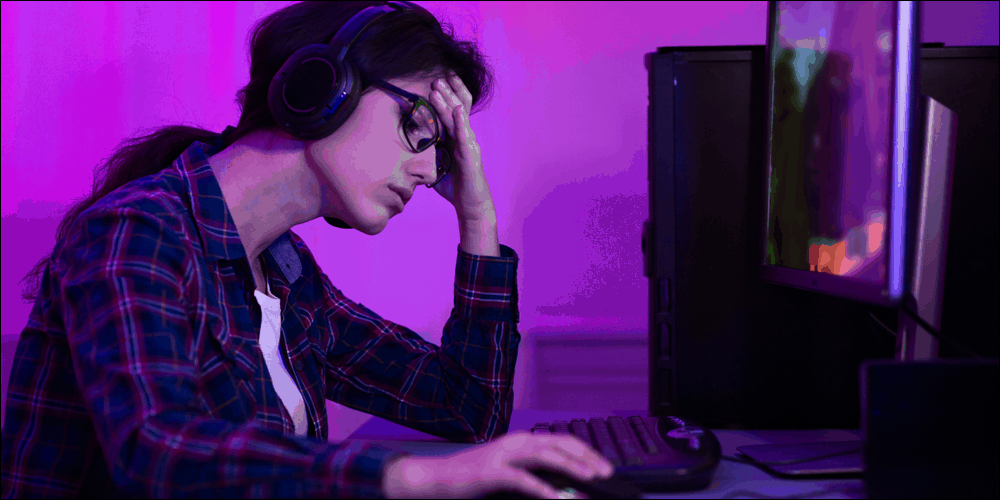Esports has developed into one of the major industries, and has become a worldwide phenomenon. Professional players spend countless hours in front of their computers to refine their skills. But, an intensive lifestyle can affect both of their physical and mental health. Repetitive injury, inadequate posture, and stress are some of the problems that esports athletes that have not properly configured the game space have to go through. In order to mitigate these risks, the design of an ergonomic, comfortable gaming environment is particularly important. In this article, we will discuss the effects of an ideal gaming environment in relation to the well-being and performance of the members of esports communities.
Creating an Ergonomic Gaming Setup

The first thing to focus on is ergonomic design. Such design of the gaming space is one of the most effective ways to prevent injuries and make your gaming sessions more comfortable. A well-thought-out setup includes:
- Ergonomic Chairs: These chairs do offer enough lumbar support, adjustable armrests, and a reclining backrest to allow maintaining an upright posture.
- Adjustable Desks: Height-adjustable workstations enable players to move from one sitting and standing posture to the other, lessening back stress.
- Proper Monitor Placement: Screens also need to be from eye level and about 20 in from the eyes in order to minimise neck strains and eye strain.
- Specialized Accessories: Ergonomic keyboards, mice, and wrist supports alleviate the risk of RSIs.
Along with equipment, healthy behavior plays a vital role in health. Esports players following a structured training program, regular rest periods, and good balance in their daily schedule have much lower injury and fatigue risks. Also, the gaming area should be properly lit and ventilated. Adequate lighting (such as soft ambient lighting), and adjustable lighting, can alleviate eye fatigue and headaches, and prevent blinding glare. Proper ventilation provides adequate air flow and thus does not lead to unpleasant feelings of being too hot or feeling cooped up in a room. When these features are integrated with ergonomic devices, the result is an environment that is suitable for extended, healthful gaming experiences.
Mental Health and Stress in Esports

In addition to physical challenges and strains, esports players face immense psychological pressure, especially during major tournaments. Competitions with high prize pools, the anticipation of results, and constant scrutiny on social media can contribute to anxiety, depression, and burnout. To stay healthy and avoid stress, it is important to make an effort.
To address these problems, the gaming environment may be modified to support mental health. For example, by incorporating elements such as ambient lighting and soundproofing, not only can it enhance awareness of the valorant events calendar, but in fetching an overall sense of calm, it is of significant value. Additionally, the ability of players to cope with stress should be facilitated by integrating elements from mindful activities (like meditation or breathing exercises). Professional players, and in particular those playing for better known organisations, seem to cope better as they often have dedicated teams supporting them. However, for regular gamers, we recommend following our guidelines.
The Role of Structured Practice and Recovery
Integration of high-pro level practice with appropriate recovery is key to achieving long-duration performance capacity. Teams are increasingly adopting schedules that prioritize health, including:
- Shorter, Focused Practice Sessions: these sessions do not cause mental fatigue but they do facilitate better player focus.
- Recovery Protocols: physiotherapy, massages, and cryotherapy have the effect to alleviate muscle tension and accelerate the recovery process.
- Access to Resources: where possible, teams should make mental health, nutrition and fitness experts available to assist with mental, physical and overall well-being.
Another significant contributing factor to rehabilitation of athletes’ sleep is an additional improvement of sleep quality in addition to systematic procedures. Specific, prescribed sleep courses, decreased evening time spent in front of screens, and physiologic bedding materials can improve cognitive performance and response time. The central importance of putting first whatever it may take to ensure players can actually recover and not train too much underlies the aim that fit players will all the time remain in a peak performance state, not having to cope with the stress of great games and tournaments.
Leveraging Event Calendars to Plan Healthy Routines
Esports players often follow a tight schedule, moving from one tournament to another. Forethought is of critical importance in preserving health and peak level of performance over events. Employing tools such as event calendars and tournament schedules helps players schedule, and plan, their commitments sufficiently and get enough rest time between matches. This preventive perspective guarantees consistent performance and the prevention of burnout.
That’s why professional teams and organizations place great emphasis on proper scheduling. It also gives players the opportunity to review gameplay, engage in light training, and focus on personal development without the added pressure of constant competition.
Conclusion
The health of esports athletes is a critical factor in sustaining the growth of the industry. By investing in ergonomic game equipment, encouraging mental health, and using structured timelines can help prevent some of the most frequent injuries and effectively manage stress. Individuals and groups themselves have a role to contribute in helping to build a conducive environment. As players succeed, physically and mentally, the whole esports industry is gaining benefit, meaning success to individuals and teams is on an ongoing basis.

